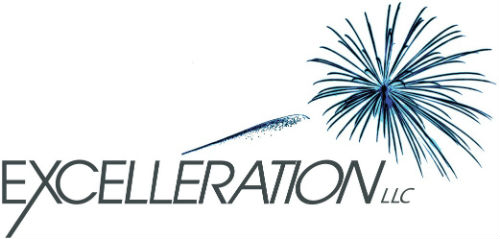Selling 2.0 – Helping is the New Selling
/Just as you sometimes read that 40 is the new 30 or brown is the new black, I propose that helping is the new selling. Large and small companies are catching on to the very basic human principle that we tend to like those who help us, and, of course, we prefer to do business with people (and companies) that we like. Last time I was in LA, my mother pointed out an “ad” that Allstate Insurance posted in the LA Times. The ad was really just a list of free gift suggestions, things that a person can do for others which make a difference for them, but which don’t cost the giver anything. Following the advice in the ad, my mother gathered up old magazines and took them to a nursing home. She is not currently looking for new insurance, but if she gets fed up with her current insurance company, there is a good chance she will reach out to someone from Allstate. Numerous thoughts might be going through your mind as you read this. “Fine, but how does this apply to me as a lawyer or other professional?” “I already help people through providing information in my newsletter or blog.” “That is all fine and good but I have real work to do.”
So why am I talking about helping? I have two points:
Helping people is different from content marketing. There can be overlap if you are providing information that people really want or need; but, basically, content marketing is about you showing the world that you are an expert in a particular subject area so that people will come to you when they are ready to hire someone. You may have partially altruistic motives; but the main goal is building your credibility and increasing awareness about your services. In contrast, the focus of “helping” is to build a relationship, one human being to another. Let’s face it, just as there are a host of good hotels, there are also numerous good patent attorneys, divorce lawyers, civil litigators, etc. Everyone has competition, and the human element is often the deciding factor when people choose a service provider.
Most people are kind and want to help others. However, there are countervailing pressures. You are busy. I am busy. Most of us are in a constant state of triaging what is most important, evaluating whether a particular conversation or event or client is worth our time or not. We want to help, but there is soooooo much to do that we don’t always take the time to make that introduction, or provide that pertinent piece of information. So this article is just a reminder that helping IS also a form of business development, even if you are “just” giving someone a recommendation for a great dentist or a cool Valentine’s Day event to wow his spouse. If you are inclined to help people, yet not sure if you can spare the time, be assured that it is NOT a waste of time and most likely will come back to help you somewhere down the line.
Okay, now for more examples, mostly because I think they are fun, inspiring and provide food for thought. Hilton Worldwide has a program where employees at twenty-five Hilton hotels monitor Twitter looking for people to help in their respective cities. If a guy tweets that he just moved to Austin, has a sick cat and is looking for a veterinarian, a Hilton staff member may send him a personalized recommendation. If someone in Chicago tweets that she is looking for a great sushi restaurant, a Hilton staff member may respond. When a billion dollar corporation takes the time to give you the information you want, when you want it, even though you are not a client, wouldn’t that make an impression? Wouldn't you be ten times more likely to go to a Hilton hotel in the future or recommend it to others?
It’s not just huge corporations that can allocate resources for helping; even individuals can do it. “Taxi Mike” is a taxi driver in Banff, Alberta. Every year, he makes a restaurant guide to Banff, which he prints up and distributes to restaurants around the city. Since it is a tourist town and his clients are most likely to be tourists, he is providing a useful service for the exact people in his target market. It's a really simple map (or at least it was in the beginning), drawn out by hand and photocopied on bright yellow paper, with his phone number placed at the top. Imagine being a tourist who picked up Mike’s restaurant guide and used it during your vacation. This guy whom you have never met has nonetheless helped you, and his number is right there in your pocket on an easy to find bright yellow piece of paper. When it’s time to go back to your hotel or to the airport, of course, you would call Taxi Mike. Why wouldn't you?
As a lawyer it may not be obvious how you can apply this principle of helping as selling to cause your business development to reach a whole new level; and I don’t have the answer either. Like all brilliant, paradigm-shifting business ideas, this one would come from you looking deeply at yourself and your clients and finding that unique intersection between what is missing for them and what you are uniquely suited to provide. How will you know once you find it? Well, you will have to just test it and see. It will probably seem both totally obvious and completely revolutionary at the same time. I bet you can come up with something really fantastic. Let me know.


